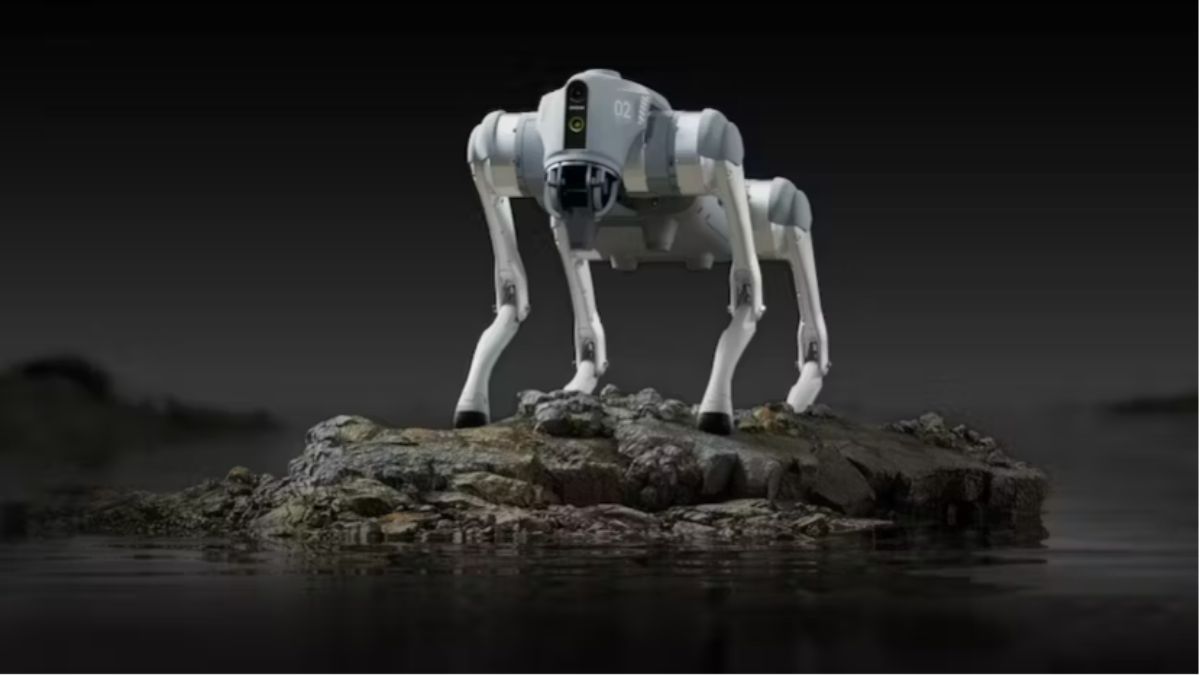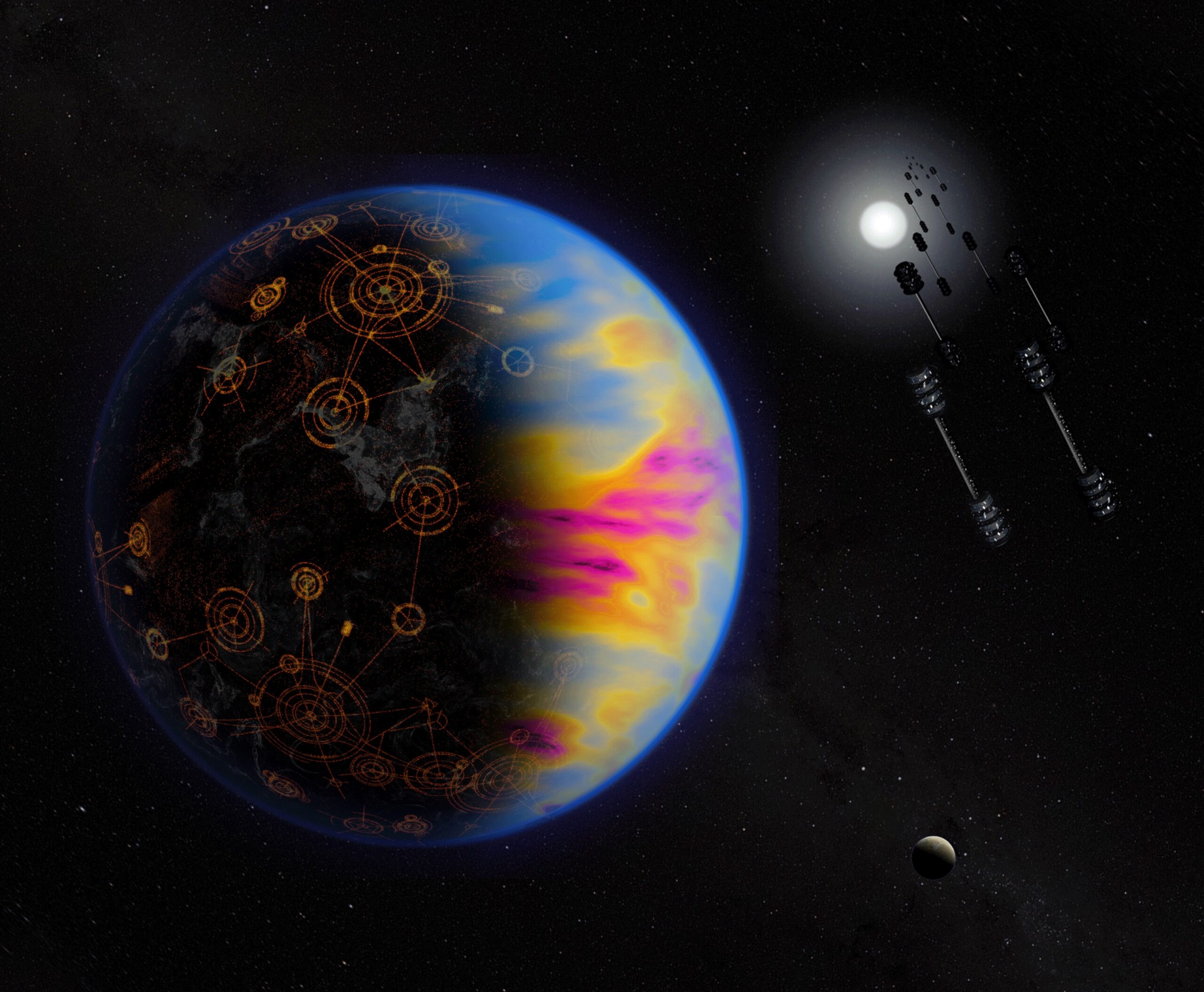
Image credit : Hackster.io ...
news-extra-space

 Image credit : NASA[/caption]
According to the scientist, if such is the case, then statistically speaking, there are no more than five electromagnetic transmissions in our galaxy every century. Or, to put it another way, they occur in the Milky Way about as frequently as supernovae, according to Science Alert.
A strike on an alien signal may not occur for at least 60 years, according to the scientist.
"We may have been unlucky in that we discovered how to use radio telescopes just as we were crossing a portion of space in which electromagnetic signals from other civilizations were absent," says Claudio Grimaldi. "To me, this hypothesis seems less extreme than assuming that we are constantly bombarded by signals from all sides but are, for some reason, unable to detect them."
Also read : How the Government Is Taking Alien Sightings More Seriously?
We still have a lot of room to cover in the hunt, the scientist said. Grimaldi contends that commensal studies, as opposed to deploying telescopes specifically to search for alien communications, are the best course of action for finding signals in data gathered by telescopes that are focused on other missions.
"The best strategy might be to adopt the SETI community's past approach of using data from other astrophysical studies - detecting radio emissions from other stars or galaxies - to see if they contain any technosignals and make that the standard practice," says Grimaldi.
Image credit : NASA[/caption]
According to the scientist, if such is the case, then statistically speaking, there are no more than five electromagnetic transmissions in our galaxy every century. Or, to put it another way, they occur in the Milky Way about as frequently as supernovae, according to Science Alert.
A strike on an alien signal may not occur for at least 60 years, according to the scientist.
"We may have been unlucky in that we discovered how to use radio telescopes just as we were crossing a portion of space in which electromagnetic signals from other civilizations were absent," says Claudio Grimaldi. "To me, this hypothesis seems less extreme than assuming that we are constantly bombarded by signals from all sides but are, for some reason, unable to detect them."
Also read : How the Government Is Taking Alien Sightings More Seriously?
We still have a lot of room to cover in the hunt, the scientist said. Grimaldi contends that commensal studies, as opposed to deploying telescopes specifically to search for alien communications, are the best course of action for finding signals in data gathered by telescopes that are focused on other missions.
"The best strategy might be to adopt the SETI community's past approach of using data from other astrophysical studies - detecting radio emissions from other stars or galaxies - to see if they contain any technosignals and make that the standard practice," says Grimaldi.
Leave a Reply






